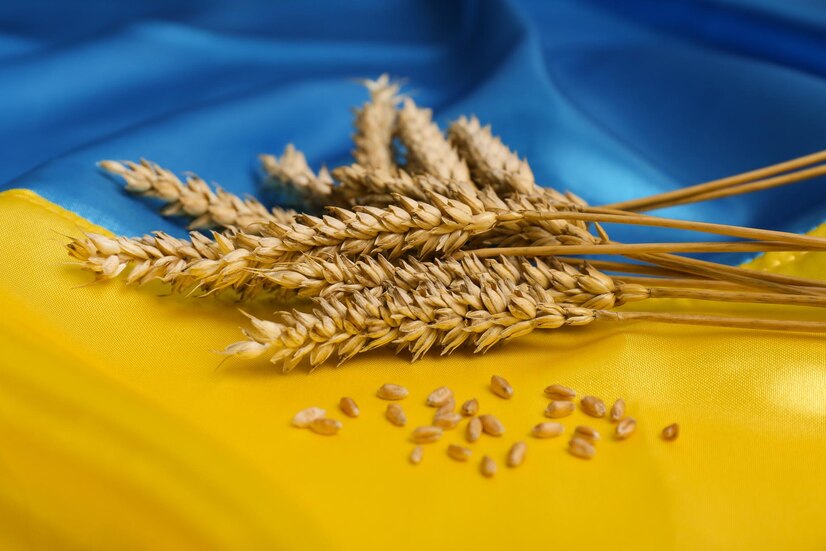Ukraine Supply Disruptions Will Lead to Wheat Price Volatility

If a potential central bank pivot from hiking interest rates isn’t enough, then geopolitical factors could add an additional dosage of volatility to wheat prices. In particular, supply disruptions in Ukraine as the conflict with Russia continues could be significant.
With sanctions from the Western regions of the globe raining down on Russia after last year’s invasion of Ukraine, wheat has become something of a counterattack tool by Russia, along with energy. The occupation of the Black Sea, for example, has prevented exports like wheat from leaving Ukraine (the country is the seventh largest wheat producer), which has pushed up wheat prices as supply is unable to alleviate demand.
“Sanctions on Russia and Russian retaliation have caused Moscow to use energy and wheat as economic weapons in its war against Ukraine and the countries supporting Ukraine,” Barchart noted. “Oil and wheat prices jumped to multi-year and all-time highs after the Russian invasion.”
An eventual Black Sea grain deal helped to quell wheat demand, which put much-needed downward pressure on wheat prices. However, Russia recently nixed an opportunity for an extension, opening the pathway to potentially push wheat prices back up again, especially given that it’s the largest wheat producer globally — given this advantage, Russia has been quick to use wheat as a bargaining tool.
“While prices have come down, Russia continues using energy and grain markets as tools,” Barchart added. “Aside from punishing the U.S. and NATO countries, Russia depends on the revenues from its wheat and oil production to fund its war efforts.”
Supply disruptions will continue to inject more volatility into the wheat markets, as markets do not expect demand to subside. There’s already an ongoing global food crisis, and supply disruptions will only exacerbate the issue.
“Moscow is waging a battle for a global catastrophe,” said Ukrainian President Zelenskyy. “In their madness, they need world food markets to collapse; they need a price rise; they need disruptions in supplies.”
As geopolitical forces continue to play out, traders can look to wheat prices for opportunities, especially if volatility continues — a trader’s best friend when it comes to scalping the markets for profits. One option to consider as opposed to trading futures prices directly is the Teucrium Wheat Fund (WEAT), which offers an easy way for investors to gain exposure to wheat price fluctuations via one ETF.
Read also
Wheat in Southern Brazil Impacted by Dry Weather and Frosts
Oilseed Industry. Leaders and Strategies in the Times of a Great Change
Black Sea & Danube Region: Oilseed and Vegoil Markets Within Ongoing Transfor...
Serbia. The drought will cause extremely high losses for farmers this year
2023/24 Safrinha Corn in Brazil 91% Harvested
Write to us
Our manager will contact you soon



